If you're looking to add some extra flavor and spice to your dishes, garam masala is a great option. This Indian spice mix is typically added near the end of cooking so that it not only seasons the dish but also adds to the aroma. Some additional garam masala may also be sprinkled on top of the finished dish.
Garam masala is a spice blend that is commonly used in Indian cuisine. It typically includes a mix of spices such as cardamom, cloves, cinnamon, nutmeg, and pepper. Garam masala can be used on its own or mixed with other seasonings to create unique flavor profiles. This spice blend is essential to many Indian dishes and can be made year-round.
Traditionally, garam masala is made fresh from the component spices and used within a few days. However, you can also find pre-made mixes at most supermarkets or online. If you do go the premixed route, just be sure to check the ingredients list to make sure it meets your personal preferences.
The most popular spices used to make garam masala include cinnamon, peppercorns, cardamom, mustard seeds, coriander seeds, cloves, mace, and nutmeg. Toast entire spices to bring out their taste before grinding them to make your own blend.
Table of Contents
What is Garam Masala?
Garam masala is a blend of spices that can really transform a dish. The combination of cinnamon, pepper, nutmeg, and coriander creates a flavor profile that is sweet, spicy, complex, and slightly lemony. This spice blend is versatile and can be used in many different types of dishes. Whether you're looking to add some extra flavor to your favorite recipe or trying something new, garam masala is a great option.
How much garam masala should be used?
When using garam masala, it is important to keep in mind that a little goes a long way. The strong flavor of the spices can easily overpower a dish if you use too much. Start by adding just a teaspoon or two, and then taste the dish before adding more. You can always add
Origin of Garam Masala:
The origins of garam masala are thought to be in Northern Indian cuisine, where it is particularly common in classic Mughal cuisines. The spices in garam masala are considered warming in Ayurvedic medicine, which means that they speed up metabolism (rather than being hot in flavor). Since there are more cold-weather regions in northern India, warming spices are welcome. Throughout the Indian subcontinent and as far west as modern-day Iran, garam masala became popular.
Varieties of and in Garam Masala:
- There isn't just one way to make garam masala. The ingredients vary depending on the location and the personal tastes of each chef. Northern Indian garam masala, which includes the Punjab region, frequently only contains black pepper as a spicy spice and relies primarily on aromatic and sweet spices. The only source of spice in the dish will be the addition of hot peppers; this garam masala will be fairly mild.
- The garam masala is likely to be hotter the further south you travel in India because red chillies are probably included in the blend. On the basis of what is more prevalent locally, the spices also alter.
- There are many different recipes for garam masala, and the exact ingredients can vary depending on the region or family tradition. However, some common spices that are usually included in garam masala are cardamom, cloves, cumin, black pepper, and cinnamon. You can find pre-made garam masala blends at most grocery stores, or you can make your own at home by grinding the spices together.
What is Garam Masala made of?
Garam masala will usually consist of:
- Coriander
- Cumin
- Cardamom
- Black pepper
- Cloves
- Cinnamon (or cassia)
- Nutmeg
What does Garam Masala taste like?
An assortment of flavors like warmth, sweetness, floral undertones, and a hint of heat from the black pepper are all added by garam masala. It is meant to be both a tasty and fragrant spice. Although turmeric, coriander, and cumin may make you think of a curry, garam masala is typically not extremely hot.
How to prepare garam masala at home?
Want the freshest and the most fragrant garam masala? Prepare it at home! All of you need is a skillet, a coffee or spice grinder and the following ingredients:
- 3 tablespoons coriander seeds
- 2 tablespoons cumin seeds
- 2 tablespoons cardamom seeds
- 2 tablespoons black peppercorns
- 1 teaspoon freshly grated nutmeg
- 1 whole cinnamon stick
- 1 teaspoon whole cloves
Steps:
- Heat a skillet over medium-high heat and add coriander, cumin, cardamom, black peppercorns one by one and roast them for about 10 minutes. Keep stirring to keep everything cooking evenly.
- Remove the ingredients from the pan and allow them to cool once they have slightly browned and released a toasted, rich aroma.
- Use a coffee or spice grinder to grind.
- Grate the nutmeg, then add it.
- Keep away from heat and in an airtight container.
Health benefits of Garam Masala:
The health benefits of garam masala are numerous, making it a great addition to our daily meals. Here are some of the health benefits of this quintessential spice:
- Aids in digestion:
If you're looking to stimulate your appetite and boost your digestion, garam masala is a great spice to add to your food. The cloves and cumin in garam masala help promote the release of gastric juices in the stomach, which can aid in digestion. Additionally, the pepper and cardamom in garam masala can also help with digestion.
- Boosts metabolism:
The ingredients in garam masala are rich in phytonutrients, which help boost metabolism. Pepper is especially effective in boosting the body's metabolism. The minerals present in these spices also help improve the function of various body organs.
- Good for gut health
Garam masala is a popular spice mix used in Indian cuisine. The name literally means "hot spice mix", and it is indeed quite spicy! However, the spice mix is more than just a source of heat. It also contains several ingredients that can help with digestive problems such as bloating, flatulence, and nausea. In addition, the spices in garam masala can help keep the gastrointestinal tract healthy. So if you're looking for a way to spice up your food and improve your digestion at the same time, give garam masala a try!
- Fights bad breath
Garam masala contains cloves and cardamom, which makes it great for fighting bad breath. Not only that, but the spice mix can also help with digestion. This is due to the fact that garam masala helps to stimulate the production of digestive juices. So, if you're having trouble digesting your food, try adding a bit of garam masala to your next meal. You might be surprised at how much it helps!
- Reduces inflammation
- Chronic inflammation has been linked to many diseases, including heart disease, cancer, and Alzheimer’s. While the sources of inflammation can be difficult to eliminate completely, there are steps you can take to reduce the symptoms. One such step is adding cardamom to your diet.
- Cardamom is a spice commonly used in Indian cuisine. It is a member of the ginger family and has a warm, slightly sweet flavor. In addition to its culinary uses, cardamom has also been traditionally used for medicinal purposes.
- Recent studies have shown that cardamom can help reduce inflammation in the body. One study found that cardamom was effective in reducing inflammation markers in rats with arthritis.

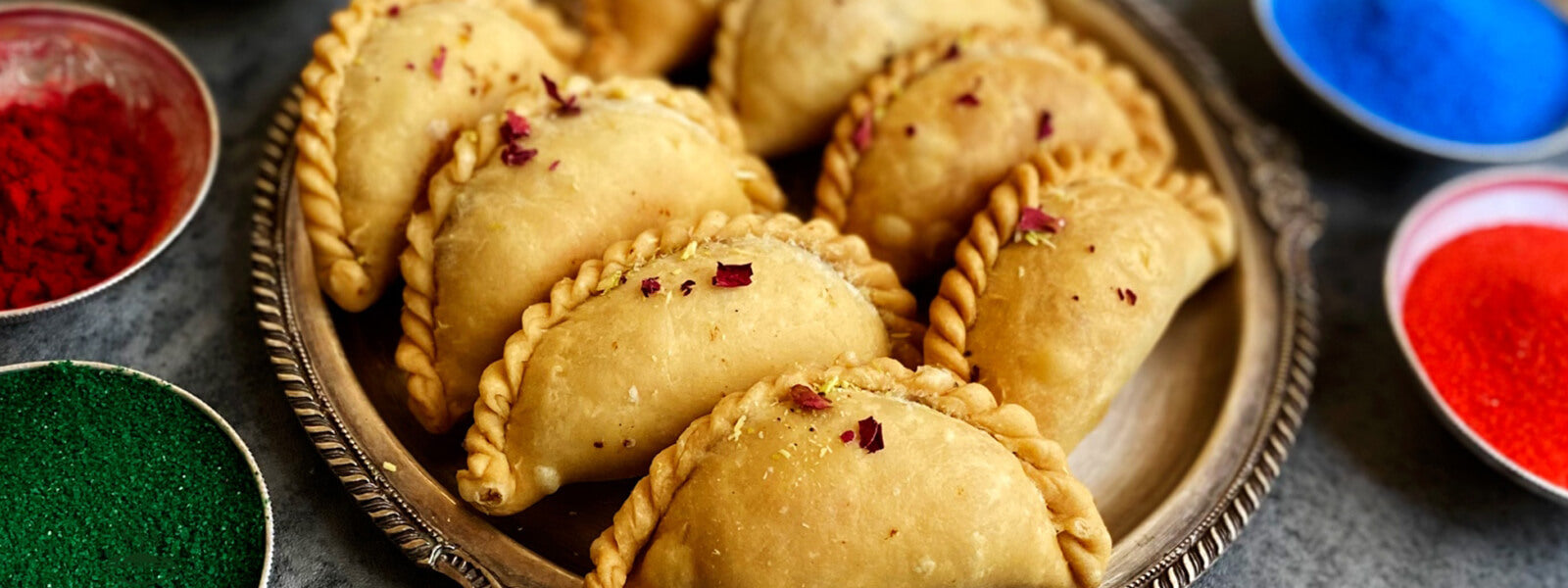
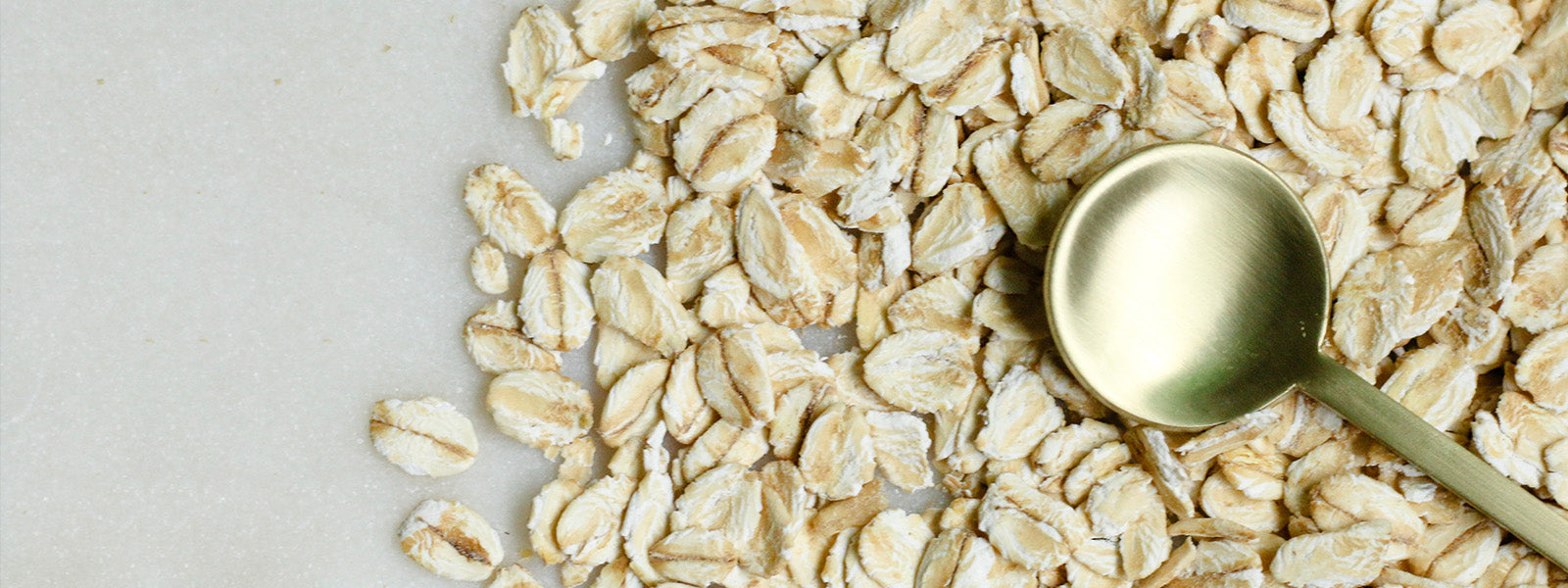
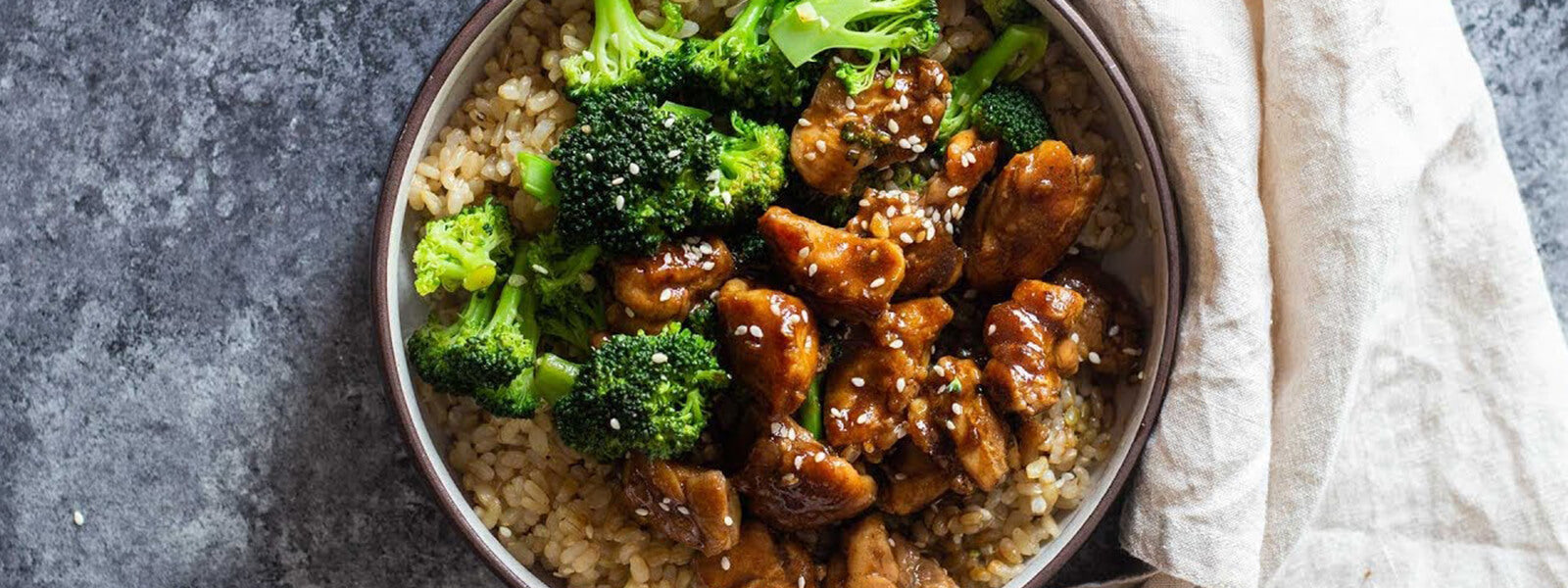
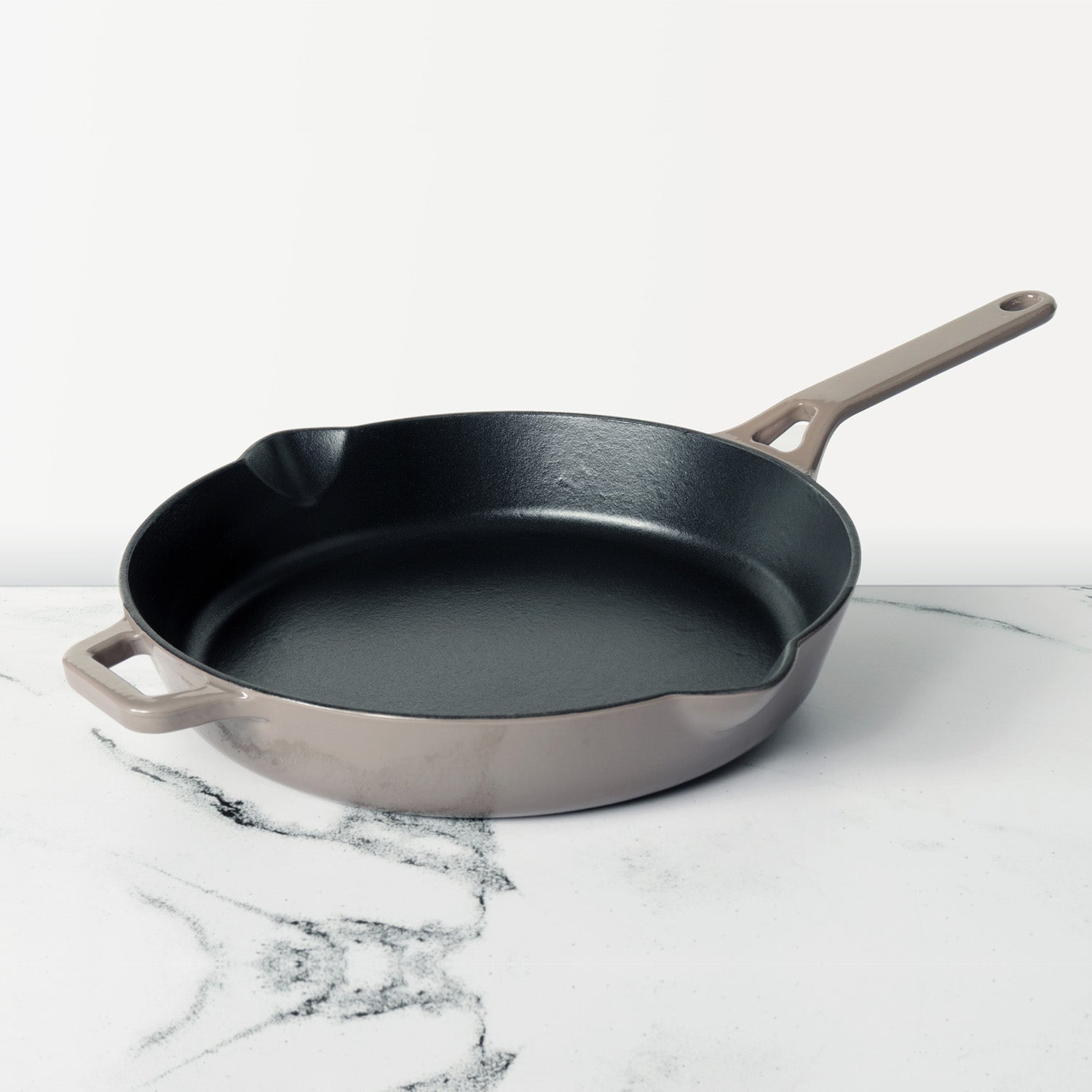
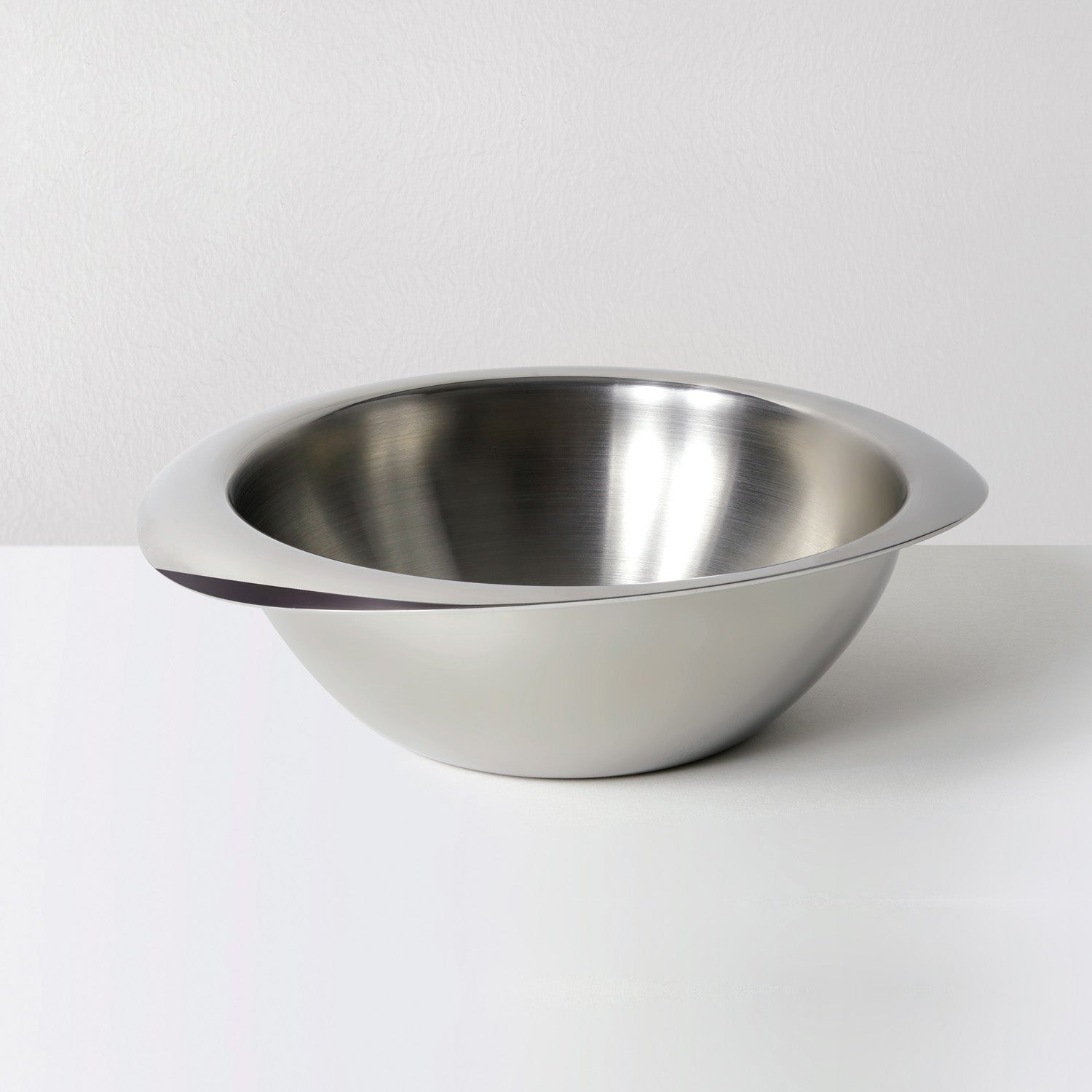




Leave a comment